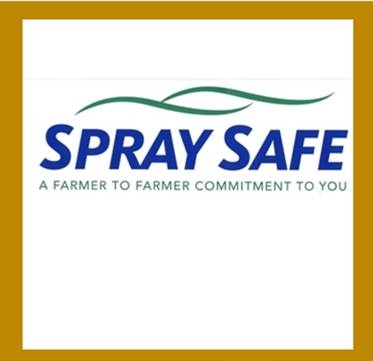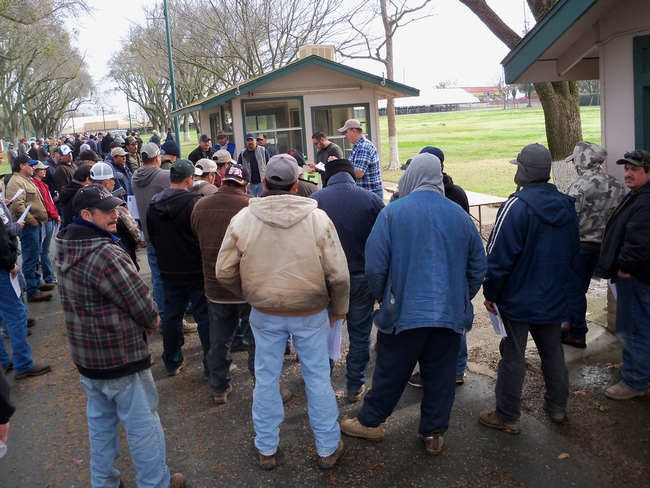

Brian Leahy, Dept. of Pesticide Regulation Director, was a keynote speaker. Brian discussed proposed regulations (they're not final yet) concerning pesticide use around schools and the forthcoming requirement for annual field worker safety training to begin in 2017. (Currently annual safety training is required for applicators, and field worker training is required every 5 years or when the field worker is new.) DPR has just updated the pesticide safety leaflets for field workers (A-9 series) and pesticide handlers (A-8 series). You can go to get a PDF of the English A-9 here, or the Spanish A-9 here. And to the English A-8 here, or the Spanish A-8 here. These should be filled out and posted.
Parry Klassen, Exec. Director for CURES, discussed water quality and compliance with the Central Valley Regional Water Quality Control Board's irrigated lands program. All growers who apply irrigation to their commercial crop land are required to comply, and one way you can do this is by joining your regional coalition (hopefully everyone out there is already a coalition member). If you need more information on where your local coalition is (there are several covering the watersheds within the Central Sierra region), you can contact me or click here.
My colleague Franz Niederholzer, who many of you have heard speak at my spray tech meetings, always does an excellent job of presenting the practical benefits of sprayer calibration and targeting the spray. Franz emphasized that spray applications during the dormant season, when trees have little to no canopy, are a different animal and require adjustments to fan speed and/or travel speed to avoid drift.
I spoke about the drift control nozzle choices growers have when spraying weeds, a thing we might be doing a lot of this coming spring because of all the rain germinating all of those pesky weed seeds. I demonstrated, with the help of Alan of PBM Sprayers, air-induction (AI) and turbulence chamber nozzles. These nozzles will deliver the same flow rate as a standard XR fan nozzle, but the droplet sizes these AI and turbulence nozzles produce are much larger than the fines of a standard XR. Larger droplets drift less!
